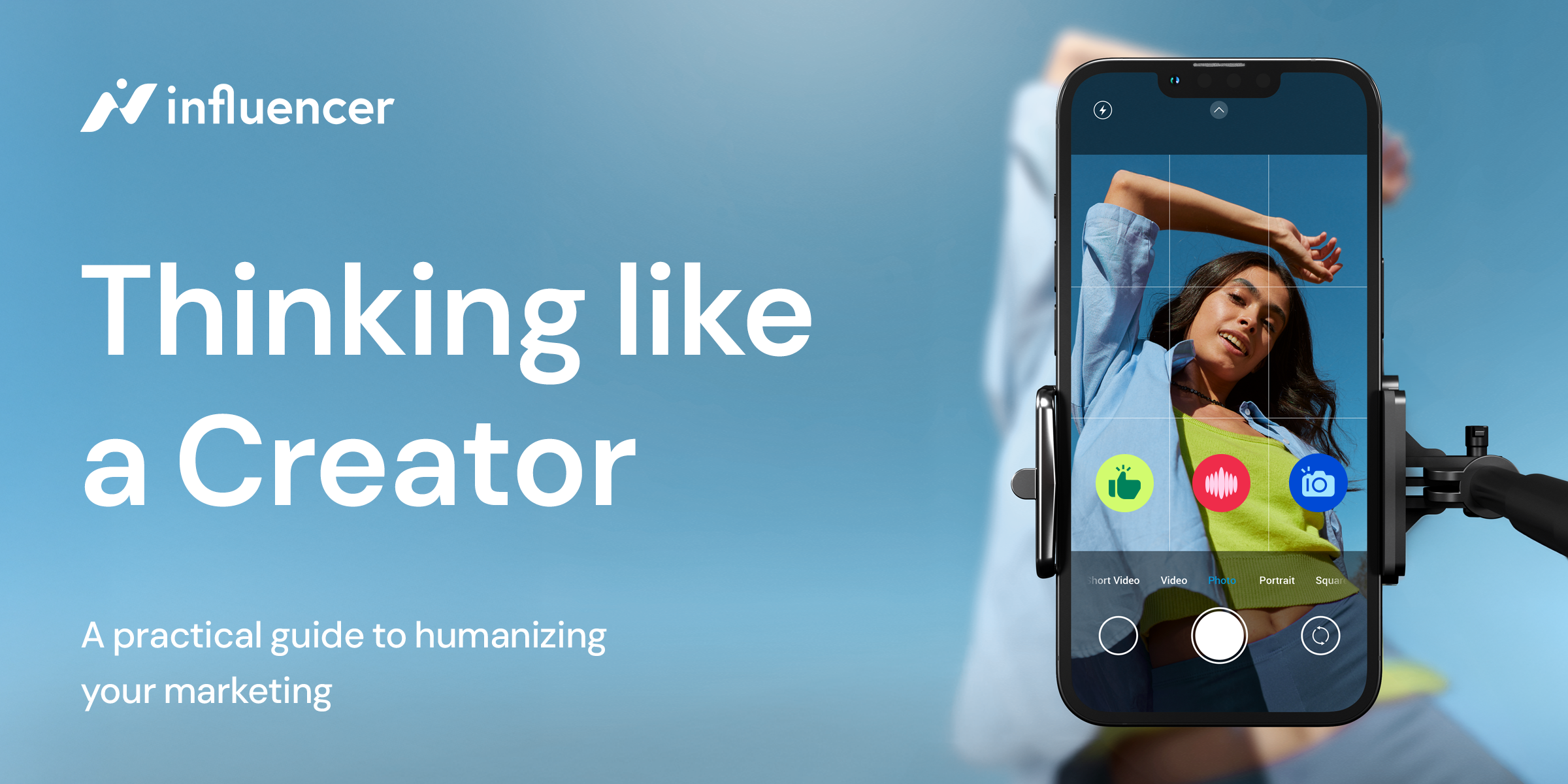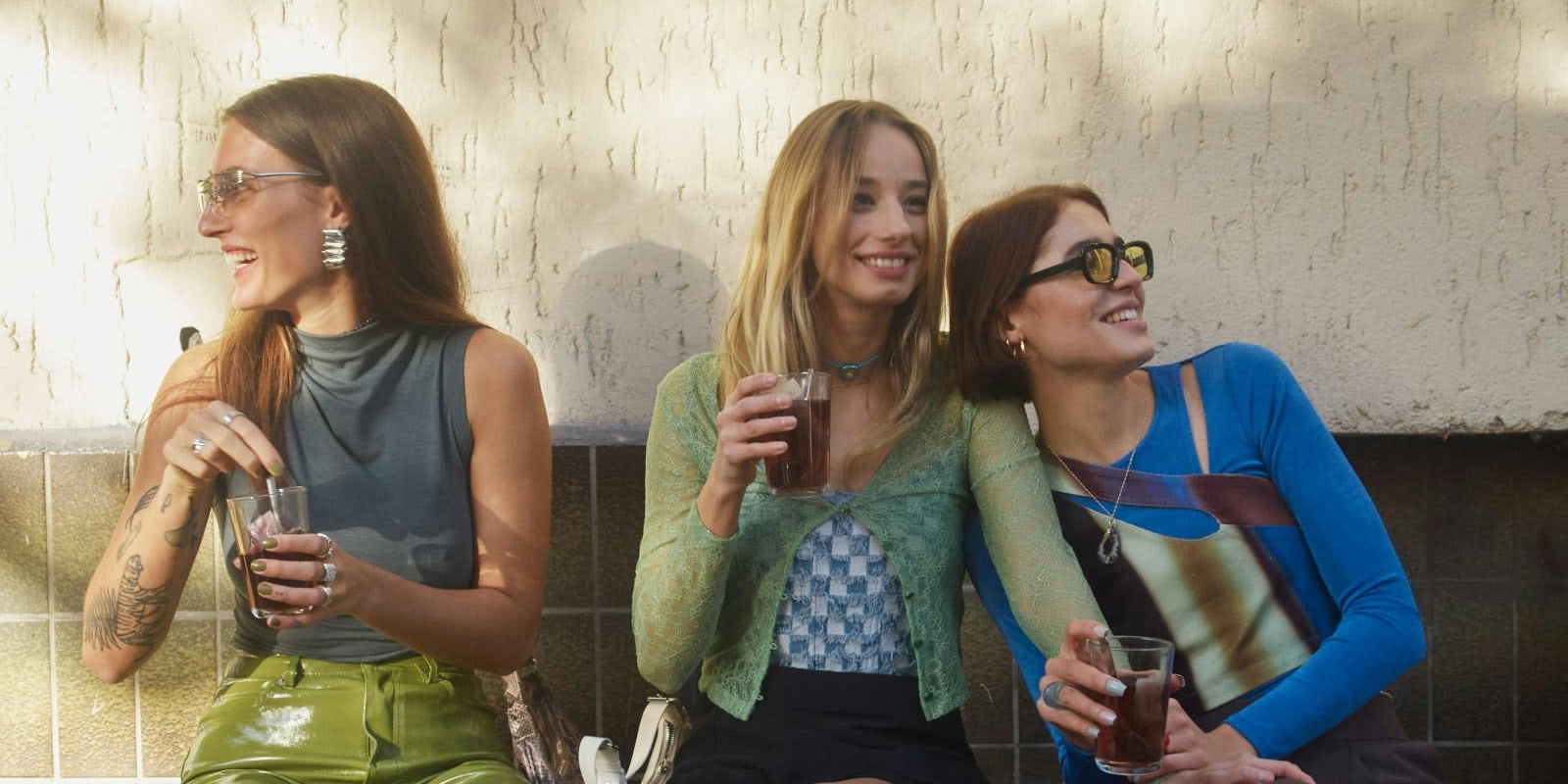
It feels like the light at the end of the tunnel is finally here. With normality returning, lockdowns lifting and venues opening once again, people are getting excited to return to their pre-pandemic lives.
In the UK, millions of people have received their COVID-19 vaccine, or soon will, and consumers are ready to start buying again after a period of uncertainty, and this presents a huge opportunity for brands. A new study from Nielsen found that 61% are "ready to go" with returning to normal, pre-pandemic behaviour. This is reflected in the boost in UK retail sales that have seen a monthly increase of 5.4% in March, as the easing of COVID-19 restrictions increased consumer confidence and spending.
Brands will have a rare opportunity to capitalise on this positive outlook and sentiment, reach new customers and experience boosted revenue during this period, and we believe implementing influencer marketing strategies will allow your brand to make the most of increased consumer confidence and spending.
We’re going to be taking a look at the ways brands can engage with their target audience during this time and how these strategies will allow them to reap the rewards of consumer confidence as the world gets back to a new kind of normal.
3 Ways Brands Can Engage With Their Target Audience During This Time
- Offer Rewards And Incentives For User-Generated Content
User-generated content is one of the most influential forms of social media marketing. Users can create content that showcases products they love, and brands can use this content as a type of marketing that authentically builds and increases the awareness of their brand.
In order to encourage user-generated content to be produced, brands should consider rewards and incentives for those who choose to share their experience. This is a win-win scenario, as the creator gets a reward and the brand gets the exposure. As well as this, user-generated content adds a sense of FOMO - if lots of creators are championing one product, people won’t want to miss out on trying it themselves. This is particularly true for millennials, of whom 84% claim that user-generated content has influenced the way they shop online.
With 92% of consumers trusting organic, user-generated content over traditional advertising, now is the time for your brand to action this influencer marketing strategy.
- Capitalise On Consumer Confidence With Paid Ads
There really is no better time to make the most of the quick wins that follow a paid ad campaign. Whether you want to run paid ads on Google or Facebook for your brand, or utilise paid creator ads to reach your audience, it is a great time to capitalise on consumer confidence and get your product in front of those who are looking for it.
At Influencer, we are committed to offering clients a maximum return-on-ad spend and guaranteed business results on our paid media strategies, providing a refund to clients if agreed outcomes are not met. Where influencer marketing is a key tool in driving awareness and engagement, paid media is a key driver for acquisitions and conversions. Designing a campaign to include both elements enhances the strategic performance and efficiency of the campaign - reaching new audiences across the whole marketing funnel - while also reducing the associated costs, typically achieving approximately a third of the CPM one would expect to see in an organic campaign.
As previously mentioned, 61% of consumers are "ready to go" with returning to normal, pre-pandemic behaviour - the appetite is there, so it is up to brands to connect with their target audience at the right time, and in intelligent and engaging ways, and paid ads are the perfect solution.
- Use ‘Shoppable’ Features
Now more than ever, consumers are shopping online - but that is nothing new. What is new, however, is the shoppable features available to use on social media platforms.
With Facebook Shops, Instagram Live, and Pinterest’s Buyable Pins being rolled out, brands can make it easier for consumers to buy the exact product that they’ve seen from their favourite creator and their content. Brands can tag products on Instagram posts, which then enable them to link the content to their product website or catalog. A consumer can then click on these products and purchase them without leaving the platform. This makes content much more convenient and actionable, and as retail sales are expected to grow between 6.5% and 8.2% in 2021, which would be the fastest growth since 2004, this influencer marketing strategy is a good way for brands to capitalise on this positive outlook and sentiment to spend once again.
For more information on how these influencer marketing strategies will help you capitalise on increased consumer appetite, get in touch with the team now!
More resources

New Creator Economy report urges brands to think like Creators - or risk being left behind.
Let’s work together

Let’s work together

Let’s work together

Let’s work together

Let’s work together

Let’s work together

Let’s work together

Let’s work together

Let’s work together

Let’s work together

Let’s work together

Let’s work together

Let’s work together

Let’s work together

Let’s work together

Let’s work together

Let’s work together

Let’s work together

Let’s work together

Let’s work together

Let’s work together

Let’s work together

Let’s work together

Let’s work together

Let’s work together

Let’s work together

Let’s work together

Let’s work together

Let’s work together

Let’s work together

Let’s work together

Let’s work together




